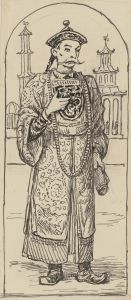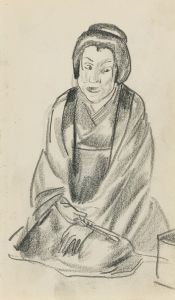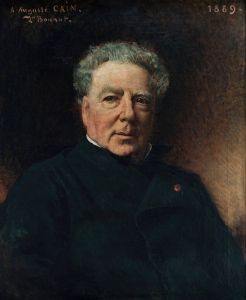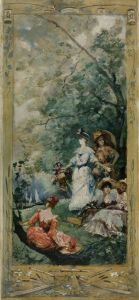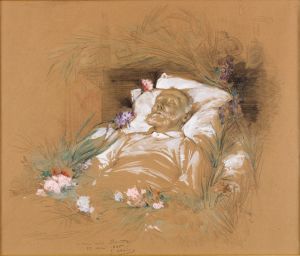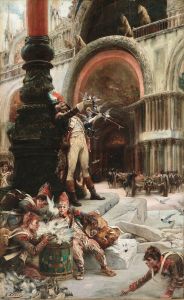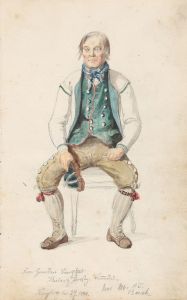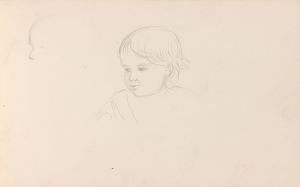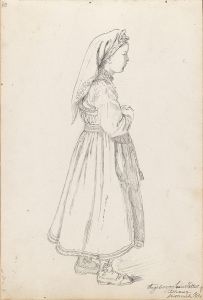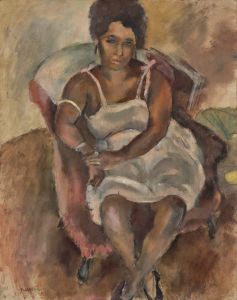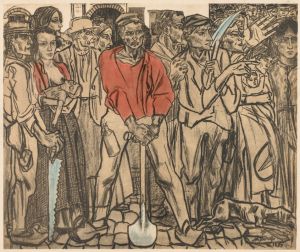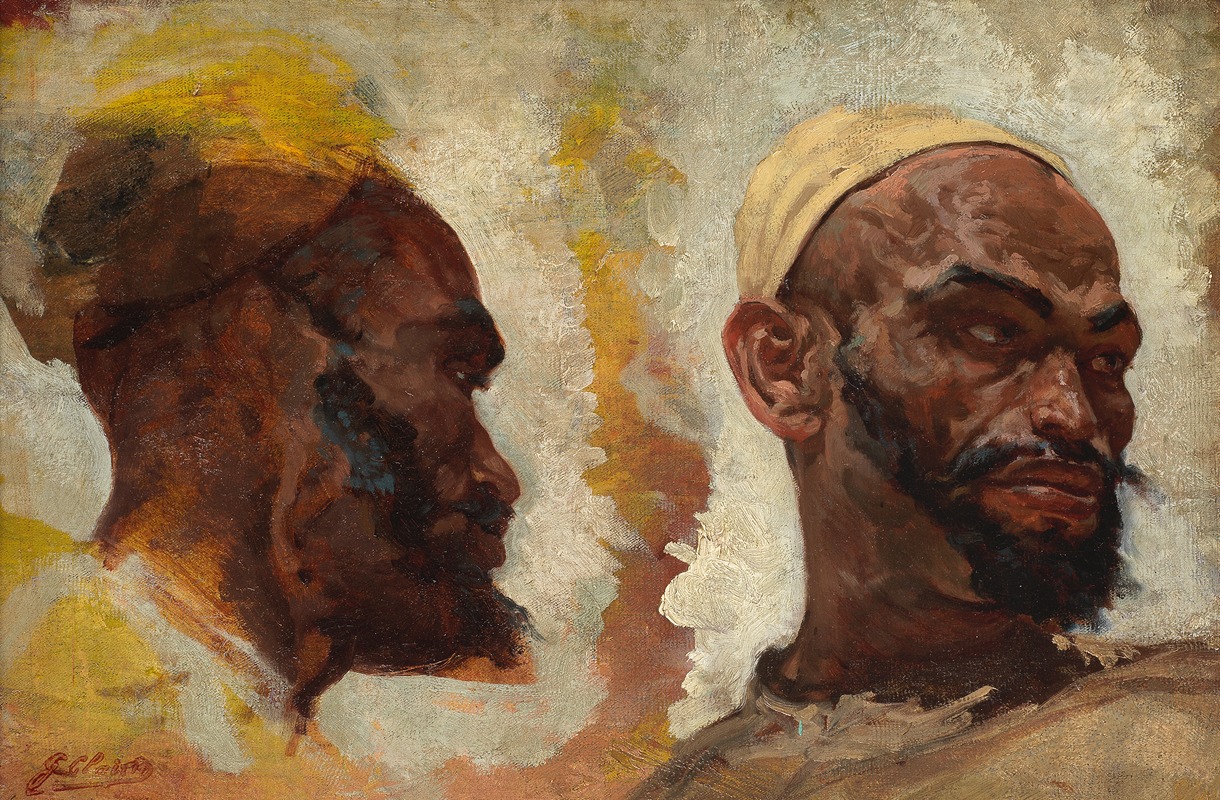
Arab head studies
A hand-painted replica of Georges Jules Victor Clairin’s masterpiece Arab head studies, meticulously crafted by professional artists to capture the true essence of the original. Each piece is created with museum-quality canvas and rare mineral pigments, carefully painted by experienced artists with delicate brushstrokes and rich, layered colors to perfectly recreate the texture of the original artwork. Unlike machine-printed reproductions, this hand-painted version brings the painting to life, infused with the artist’s emotions and skill in every stroke. Whether for personal collection or home decoration, it instantly elevates the artistic atmosphere of any space.
Georges Jules Victor Clairin was a French painter known for his portraits, historical compositions, and Orientalist themes. Born in Paris on September 11, 1843, Clairin studied at the École des Beaux-Arts under the tutelage of Isidore Pils and François-Édouard Picot. He became associated with the Orientalist movement, which was characterized by Western artists' fascination with the cultures, landscapes, and peoples of the Middle East and North Africa.
"Arab Head Studies" by Georges Jules Victor Clairin is a work that exemplifies his interest in Orientalist themes. Although specific details about this particular painting are limited, it can be understood within the broader context of Clairin's oeuvre and the Orientalist movement. Clairin, like many of his contemporaries, was inspired by his travels to regions such as Morocco and Egypt. These journeys provided him with firsthand experiences of the vibrant cultures and diverse peoples that he sought to capture in his art.
The painting "Arab Head Studies" likely features detailed and expressive portrayals of Arab individuals, focusing on their facial features, expressions, and traditional attire. Clairin's skillful use of color and light would have been employed to bring out the textures and nuances of the subjects' appearances. His works often reflect a romanticized view of the East, a common trait among Orientalist artists, who were both fascinated by and distanced from the cultures they depicted.
Clairin's Orientalist works were part of a larger trend in 19th-century European art, where artists sought to depict the "exotic" and "other" as a means of exploring themes of identity, power, and cultural difference. This movement was not without its controversies, as it often perpetuated stereotypes and reflected colonial attitudes of the time. However, it also contributed to a greater interest in and appreciation for the diversity of cultures beyond Europe.
Throughout his career, Clairin exhibited his works at the Paris Salon, where he gained recognition for his portraits and genre scenes. He was a contemporary and friend of the famous actress Sarah Bernhardt, for whom he painted several portraits. His ability to capture the essence of his subjects made him a sought-after portraitist among the Parisian elite.
In summary, while specific information about "Arab Head Studies" is limited, it is representative of Georges Jules Victor Clairin's broader body of work and his engagement with Orientalist themes. His paintings offer a glimpse into the 19th-century European fascination with the Middle East and North Africa, reflecting both the allure and the complexities of cross-cultural encounters during this period.





